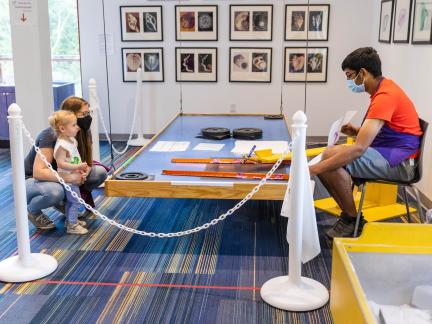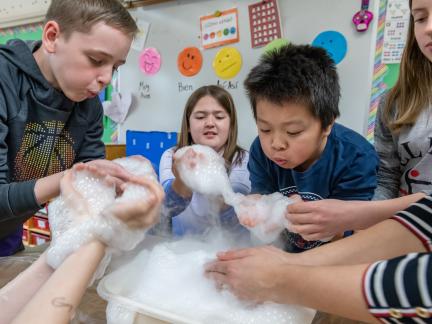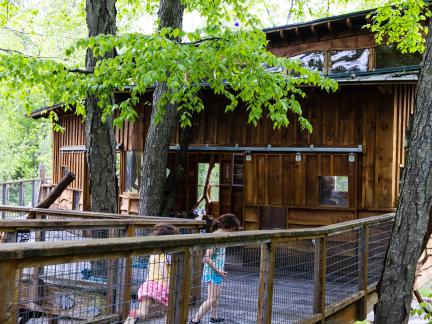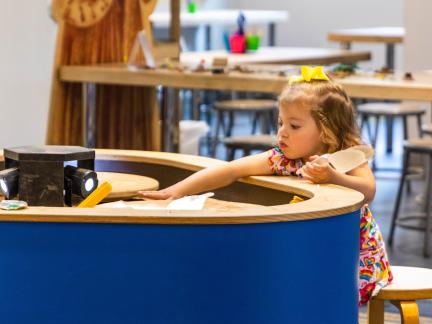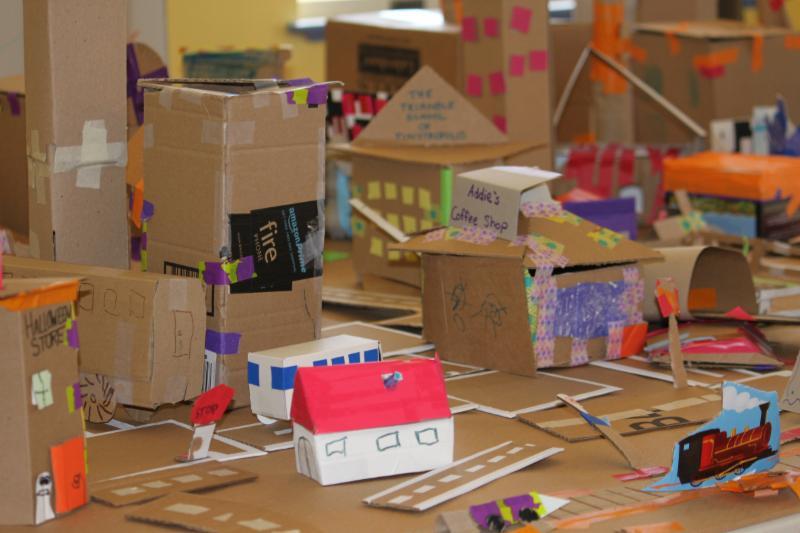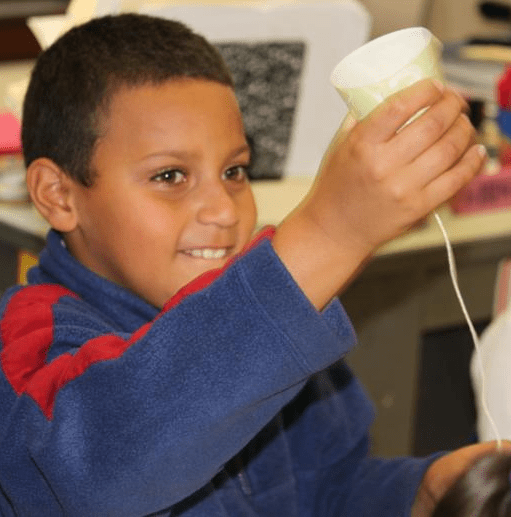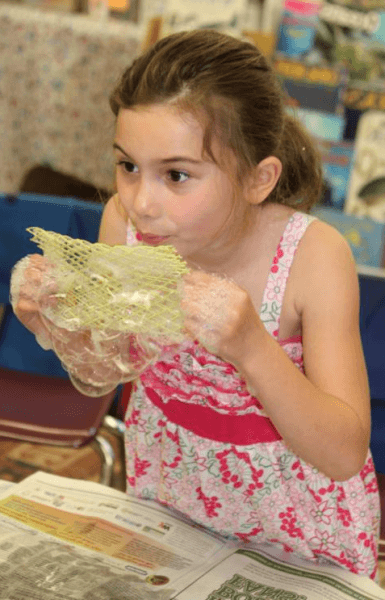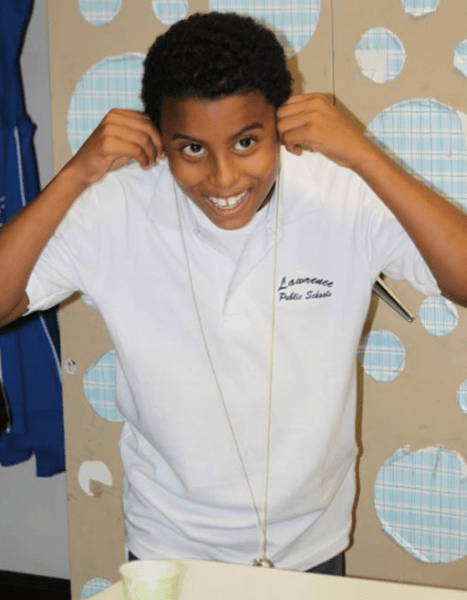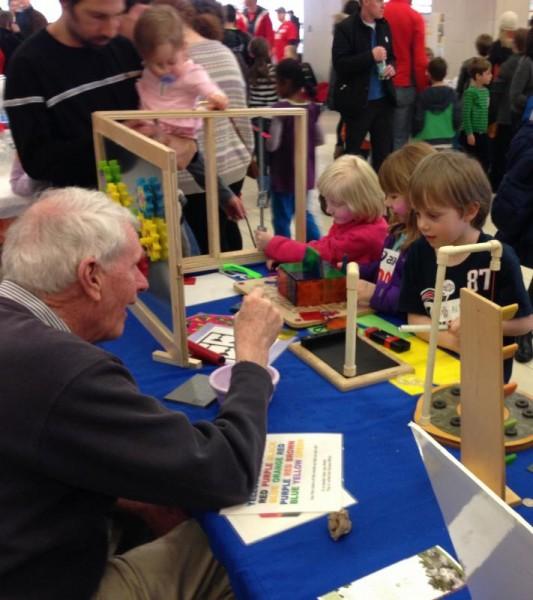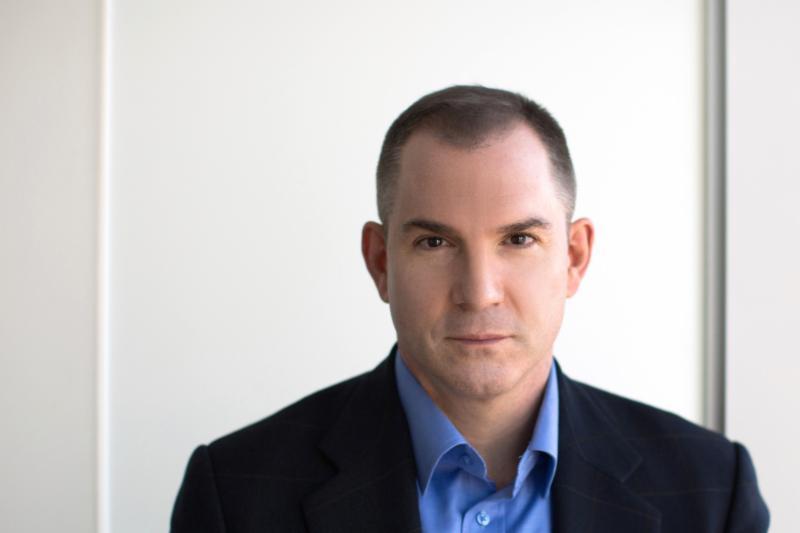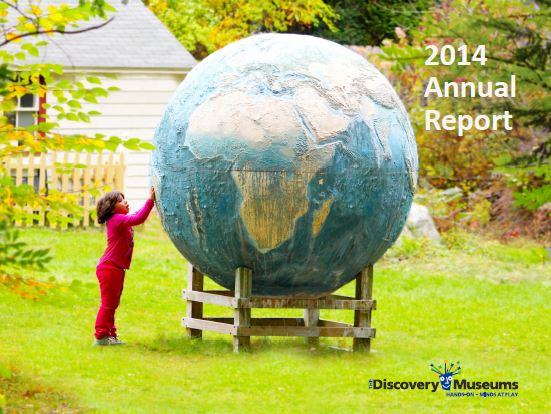Update from our CEO, April 2015
Dear Friend of the Museums,
Homework. It seems this word can generate a lot of passionate discussion. When we posted an article about a school in New York City foregoing homework in lieu of play, and the response of some parents who were threatening to take their children out of the school--well, our Facebook page lit up. Not surprisingly, parents want their kids to play, but wonder whether there are benefits to homework that their child might miss.
The Discovery Museums are passionately "pro-play." Research points to the positive impacts of play on creativity, innovation, social and emotional well-being, and imagination--crucial 21st-century skills. We should all be concerned when unstructured, open-ended play gets squeezed out of kids' lives.
Pro-play is not the same as anti-homework. Homework, at an appropriate age and at an appropriately challenging level, can help kids create effective work habits and routines. While not necessarily linked to academic success, homework is a chance for kids to practice and experiment in an environment different from school, away from peers and teachers. But too much homework, just like too much screen time or an over-filled schedule, can leave kids with no time for the imaginative free play that benefits their developing brains.
Our objective at The Discovery Museums is to create and model an environment for great play. A terrific example is our recent multi-day creative building program, Tinytropolis. We provided a room full of cardboard, paper, scissors, glue, tape, and markers. What to do? Invent a city. Create a single building, tree, rocket ship, or swing set. Imagine what the people do. Build to fit your idea of how it looks. Place your creation next to someone else's creation. Little by little, a wonderful place is created. Together, everyone's imagination builds a world.
This approach extends to our classroom work. In our Traveling Science Workshops program we emphasize that kids can and should continue to play and experiment at home with materials and concepts introduced in our program. We very deliberately build our workshops around common household materials--things that are familiar and not intimidating. In our Sound workshop, we use Dixie cups, string, and paperclips to make "laughing cups" that demonstrate that sound is vibration. We ask kids to think about what materials they might have at home that they could use to make another laughing cup--a yogurt cup, oatmeal box, or Solo cup--and encourage them to build one and test their ideas. Will the sounds be the same or different than the Dixie cup and string? Why?
In our Bubbles workshop we use everything from strawberry baskets to spatulas to make bubble blowers. We encourage kids to find other bubble blowing tools in their kitchen and to play around with them. We encourage them to make a bubble chamber out of an empty jar, just as we do in our classroom workshop. It's very easy to make, but doing it at home creates a quiet opportunity to observe that the bubble turns colorless and almost disappears before it pops. Why is that?
I have a favorite story of how children can embrace this encouragement to do further "work" at home. In our Sound workshop we experiment with what we call a Big Ben: two pieces of string are tied to a wire hanger, the string ends are held near your ears, the hanger is banged against a table, and the sound that travels up the string to your ears sounds like Big Ben striking! After the workshop one day, students went home with an assignment from their teacher to find other objects that would make cool sounds. The next day, a boy came back to school with two pieces of string tied to an oven rack!
We also work to bring our core philosophy to others who impact children's' lives. Here are a few highlights from the past few months:
- presented at the Early Childhood Educators of Reformed Judaism national conference on the topic of creativity in STEM education, and how playfulness can be incorporated in school learning
- conducted a training session for staff at Horizons for Homeless Children on topic of using recycled materials at shelters to further play experiences
- presented at Acre Family Childcare, Inc.'s annual board meeting on the value of "fun" in informal learning environments
- focused on "thinking words" that could be used at the Museums or at home ("investigate," "compare," "wonder") at our last Especially for Me free morning event for families with children with hearing loss
- conducted a workshop with floor staff on welcoming visitors with learning differences, working to help these families feel more comfortable visiting a museum
We like to take opportunities to go off site to reach new families and show how play and STEM interconnect to impact kids' lives. Last month we participated in the Wellesley STEM Expo, a terrific event organized by the Wellesley Education Foundation. It featured more than 100 individuals and organizations helping to bring STEM to life for kids of all ages. Our table of hands-on physical science activities for kids was perpetually busy, and we proved especially engaging for the youngest of scientists.
Recently, as part of The Discovery Museums 2015 Speaker Series, we hosted Imagination Institute director and author Scott Barry Kaufman, who spoke on the role of imaginative play in the lives of children. Scott drew direct lines connecting play, imagination, intellectual growth, well-being, and the ability to solve problems, apply ideas, create, communicate, and connect with others. He posed the question, "What would happen if we were to switch from an intense culture of evaluation to one of inspiration?" The answer to this lies at the heart of our view that play matters. We know that when we foster and encourage play through our exhibits and programs, we are positively impacting kids' lives.
Our next speaker event, on Monday April 13, will feature New York Times Op-Ed columnist and best-selling author Frank Bruni. Frank's recent article has gone viral, and his talk, "From Diapers to Diploma: A Healthier Way to Navigate Your Child's Path to College" will describe a better, healthier way to think about and approach the college admissions process. He will distill the research, life stories and advice that went into his new book, Where You Go Is Not Who You'll Be: An Antidote to the College Admissions Mania, which was released on March 17th. Frank Bruni will speak on Monday, April 13, 2015, from 6:30 to 8:30pm at the R.J. Grey Junior High School Auditorium in Acton.
We just released our 2014 Annual Report, which details and celebrates another year of our success. Play is the glue that connects all our work, and you'll find some wonderful quotes about the power of play, from many perspectives, sprinkled throughout the report. Please take a moment to look it over; I'd love to hear your reactions.
As always, I appreciate any ideas or feedback that you care to send my way. You can reach me at ngordon [at] discoverymuseums.org (ngordon[at]discoverymuseums[dot]org).
Best,
Neil H. Gordon
Chief Executive Officer
